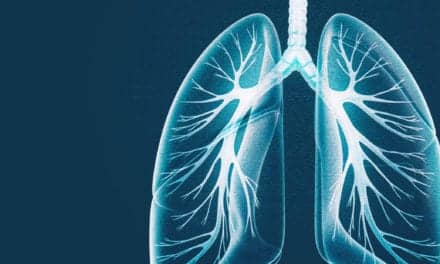
In December 2002, the US District Court in New Jersey issued a summary dismissal of patent infringement claims against SensorMedics, a subsidiary of VIASYS Healthcare Inc, Conshohocken, Pa, and its partner Pulmonox Medical Inc, Tofield, Alberta.
According to VIASYS, the case, brought by INO Therapeutics Inc, Clinton, NJ, AGA AB, Sweden, and the General Hospital Corp, Boston, sought to limit investigators’ pursuit of pharmaceutical applications of gaseous nitric oxide. The ruling will allow SensorMedics to continue actively pursuing pilot trials exploring a range of applications for nitric oxide, including its anti-inflammatory properties for the prevention of psychometric dysfunction following coronary bypass surgery, its effects on pathogens for the treatment of wound infections, and its modulation of collagen production for the treatment of nonhealing wounds.
In other company news, the Respiratory Technologies Group at VIASYS has received FDA 510(k) clearance to market the Pegasus CPAP, which features a compliance monitoring interface and software. In addition, the American Association for Respiratory Care presented VIASYS with the Zenith Award during the organization’s 48th International Respiratory Congress, in Tampa, Fla, in October 2002.
CMS Adds Ventilator Code
In a step toward offering more patients access to affordable home care technology, Pulmonetic Systems, Minneapolis—a member of the Coalition of Respiratory Care Manufacturers —worked with the Centers for Medicare & Medicaid Services (CMS) to generate a new billing code that covers ventilators with certain advanced features.
The code, EO454, went into effect on January 1 and reflects a higher level of reimbursement to providers who bill Medicare, Medicaid, and other third parties for pressure ventilators with pressure control, pressure support, and flow-triggering features. Coding instructions and reimbursement amounts for EO454 and other Healthcare Common Procedure Coding System (HCPCS) code changes can be found on the CMS Web site, www.cms.gov.
FDA approves Zyrtec for 6-month-olds
The US Food and Drug Administration has approved Zyrtec® (cetirizine HCl) for the treatment of perennial allergic rhinitis and chronic idiopathic urticaria in children as young as 6 months old. Manufactured by Pfizer Inc, New York, and UCB Pharma, Smyrna, Ga, the drug is available in a banana-grape-flavored syrup.
| Chad Therapeutics Names President Earl L. Yager, COO and CFO for CHAD Therapeutics, Chatsworth, Calif, took on the additional role of president on January 1. A certified public accountant, Yager has been CFO of the company since 1983, a director since 1988, and COO since 2000. Mercury Medical Hires Marketing Heads Caire Sponsors LOX Education Levalbuterol Aids COPD, Asthma Patients, Study Says |








